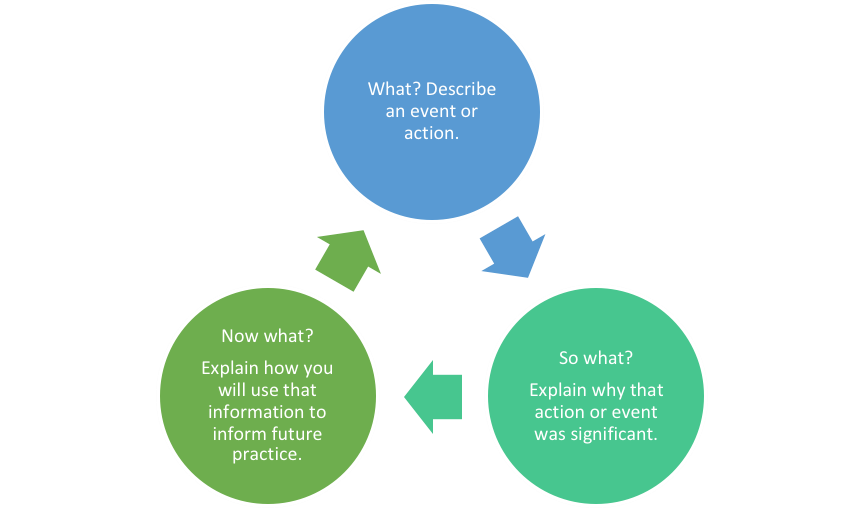How To Teach A Brick Wall
For most of my life, I have always seen myself going on in life to become an English teacher, with a special interest in Drama, and so I have spent the last few years gaining as much experience as I could around this, tutoring speech and drama, volunteering at primary schools, and gaining experience with young people with learning disabilities. But despite this, I still felt entirely unprepared for my work placement in a secondary school. The reason for this I believe is that I was too closed-minded to the inevitable truth that some of the students I would be working with would have no interest in English at all or may even claim to hate the subject I love so much.
My first main task at my placement was to help prepare the fifth-year students for their English Language paper in December, by running a weekly booster class focusing on creative writing, a topic that for me was always enjoyable. And so, I found some past papers of the assessment and got to work planning my lessons.
I first did some research in teaching creative writing, looking specifically as how to manage a creative writing classroom, because from my perspective the classroom should be a collaborative space where all the students are free and comfortable to express their own thoughts and ideas. Mary Cantrell discusses this in an essay, exploring why, and if creative writing teachers should “relinquish our authority over the classroom,” noting how many teachers opt for more casual classroom layouts by arranging the tables into a circle or one large table, and encouraging the students to use their first names, which was what I had in mind. I agreed with the more casual classroom layout but made an educated decision that it would be best for me to use my title and surname to ensure some authority over the classroom because I am not much older than the students at age twenty.
Therefore, I comprised a plan for my booster class, choosing to arrange the tables into one collective table to establish a very casual setting where I hoped the students would be comfortable in expressing their thoughts. I also chose to plan my lesson around the image below, in keeping with the question format, which asks the students to use an image they (the exam board) provide as inspiration. I chose this image because it had exciting potential for so much creativity, and while in discussion with my supervisor she agreed, explaining that she has once used that image for this exercise before and got fantastic results, making me feel extremely reassured that I was on the right track. My main objective for the class was to encourage the students to think through and plan their essays, to teach them a few different ways in which to do so, as well as establish a well thought out plan for a creative writing essay inspired by this image, which they may choose to use for revision. I went through this plan with my supervisor and, pleased with her response, I allowed myself to feel excited for my first solo class in an academic setting.
Difficulties arose, however, because despite my planning and experience I naively did not acknowledge who would be attending my class. Because due to its nature as a ‘booster class,’ the students attending were chosen by their teacher because they were struggling with the subject. So when the five students from Class A arrived extremely unenthusiastically, I felt dejected, disappointed that they were not participating in the way that I wanted them to. For example, I asked the class what they immediately noticed about the image, intending to explore how we can use those in our story, and the only response I was granted was a silent shrug, and avoidance of eye contact, and it felt as though I was talking to a brick wall. The half-hour class dragged for both the students and I, and at the time I felt frustrated that my lesson did not pan out the way I wanted it to, but I now after some reflective thought on the experience feel disappointed in myself that I did not fulfill my job to the highest regard.
I followed Borton’s Reflective Model, during this time, and having already explored ‘What happened,’ I am now going to look through the next step on the model; “so what could I have done that is different,” (Jasper, p.100). Looking back on the situation I should have thought about who would be attending the lesson and making some changes to my plan, taking the time to ask the students what they struggle with within creative writing, an obvious change that I should have thought at the time. But I also should have prepared myself that the students may not be as responsive as I may want and forged a plan to combat that.

Therefore, in lessons since I have made it a habit to use the students’ names and ask them questions directly, which seems to create better responses compared to asking the questions to the class. I have also actively taken notice of the students who are less responsive and purposely ask them simple questions, and if that fails, I ask them at the end of class, when the other students leave if they had any questions that they wanted to ask me. The first time I this it was extremely rewarding as the student explained to me that she did not want to say anything in front of her peers, but she wanted to know how her dyslexia will affect her marks in the exam and I was able to reassure her.
Finally, through my experience, I have learned the valuable lesson that ‘brick walls,’ are not built to keep us out; they are there to challenge us as teachers, and to encourage us to find new and creative ways to overcome them.
Bibliography
Leahy, Anna, and Mary Cantrell. “Chapter 6: Teaching and Evaluation: Why Bother?” Power and Identity in the Creative Writing Classroom the Authority Project, Multilingual Matters, Clevedon, 2005, pp. 65–77.
Jasper, Melanie. “Borton’s Developmental Framework.” Beginning Reflective Practice, Cengage Learning, Andover, 2013, pp. 99–104.
Start of Something New
Making it Happen
You May Also Like

First Day Fears
24 November 2021
In at the Deep End: Recording an Orchestra
26 November 2021

